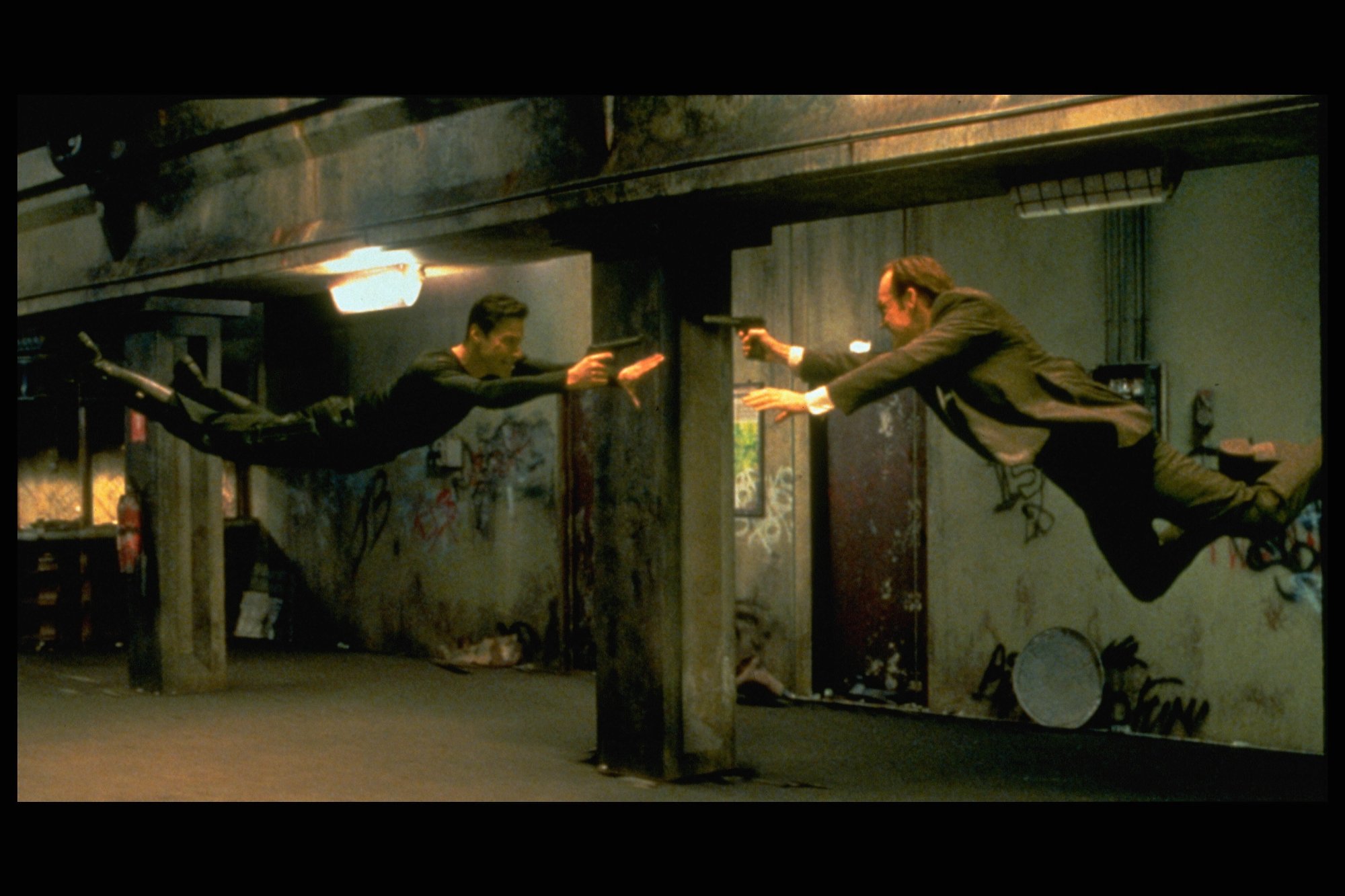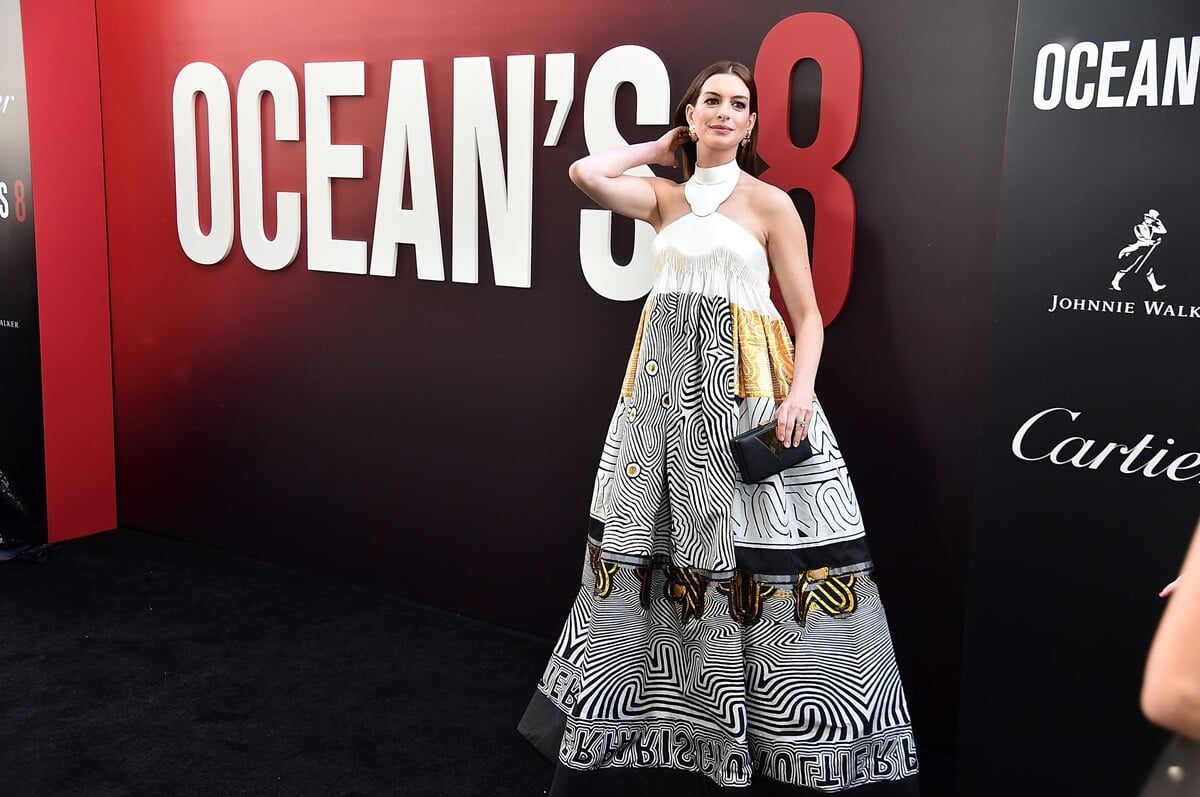Keanu Reeves Reveals ‘The Matrix’ Had a Trans Character That Was Cut Because Studio Heads ‘Weren’t Ready’
The Matrix and its sequels are some of the most highly discussed and closely critiqued films of the 21st century. Made up of a jumble of influences ranging from old science fiction, anime, Akira Kurosawa films, video games, and philosophy, the complex themes and deeply personal touch the Wachowskis weaved into the movies elevated what might have otherwise been just some mindless action blockbusters in lesser hands. One of the most analyzed aspects of the movies, especially in the wake of certain real life happenings, is the prominent transgender reading of the material. According to The Matrix trilogy’s star, this trans subtext would have been pure text if not for some executive meddling of one particular character.
‘The Matrix’ is notable for its heavy trans subtext

There are a lot of ways to look at The Matrix. The first film in particular is a very raw and very personal take on society, technology, people, and how they all fit together at the turn of the century. Tie that all together with a dystopian plot about sentient machines using humans in a virtual reality as batteries and the kung-fu fighting, leather-clad heroes who try to take them down, and you’ve got yourself a hit.
The original trilogy was entirely written and directed by Lana and Lilly Wachowski, both of whom put their hearts and souls into making them what they turned out to be. As mentioned, this made what might have been a more standard action film into something a more personal with a whole lot on its mind. In particular, both of the Wachowskis would eventually come out as transgender women at different points after the completion of the films, something that was almost alluded to throughout the films themselves.
In addition to the various surface level references to elements of trans-ness (the iconic red pill being similar in appearance to estrogen pills during the ’90s, Agent Smith’s insistence on calling Neo by the name he’s rejected), many of the themes and events in the movie take on new meaning when viewed through a trans lens. A prime example is Morpheus’ speech to Neo about how he feels that something he can’t name is wrong with the world, and has been read by many as an allegory for gender dysphoria.
One character in ‘The Matrix’ was almost trans, but the studio shut it down
For as much allegory is present in the original Matrix, it is notably but unsurprisingly lacking in actual trans representation. This wasn’t always the case, though. Many years back, the original script featured the character of Switch (played in the finished film by actress Belinda McClory) being portrayed by a woman while inside the Matrix but a man in the real world. This, plus the character’s rather on-the-nose name and androgynous appearance in The Matrix, was clearly an indication that the character was to be read as trans. Ultimately, this was cut.
Recent news reveals that this cut wasn’t by the Wachowskis, however. In a recent interview with Entertainment Weekly ahead of the much anticipated release of the fourth film, franchise star Keanu Reeves (who humorously revealed to Variety that he never actually picked up on any of the subtext around his character during filming) talked about the original plan for Switch’s character.
According to him, the script he received when initially signing on for the film kept the details about the character’s gender from the first draft, with the change only coming later in production. “I think the studio wasn’t ready for that,” he commented.
Hollywood has had a poor track record of trans rep for most of its history
This executive meddling by Warner Bros. didn’t come as a surprise to many, given Hollywood’s abysmal history of trans representation. Similar to portrayals of gay people on screen, most major studios tried to stay as far away from representing trans people at all for the longest time. On the rare occasion that a character like this was allowed to be featured in a film, results tended to be middling at best and depressingly bad at worst.
Films of the era as diverse in genre and subject matter as Silence of the Lambs, Sleepaway Camp, and Ace Ventura all feature trans characters portrayed as mentally unwell murderers, many of their crimes also relating back to some form of devious and explicitly sexual deception against their victims. Outside of slightly better efforts like The Crying Game, there was little in the way of positive representation before and for a while after the ’90s.
The Matrix had the chance to change that, but could not due to forces outside the creatives’ control. Thankfully, things have been looking up over the last several years. High profile shows like Euphoria and the Wachowskis’ own Sense8 have all made strides in better representation, and even children’s media from Cartoon Network, Nickelodeon, and Disney have all included transgender and LGBTQ+ characters.
With any luck, the newest Matrix might also follow and finally make good on its original vision from so long ago.



